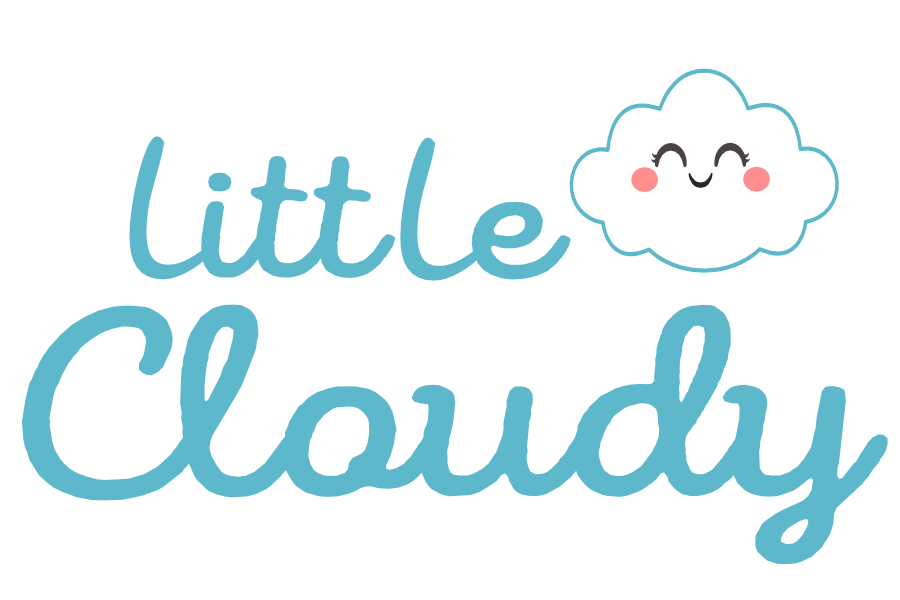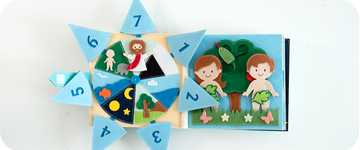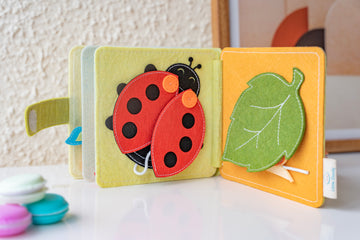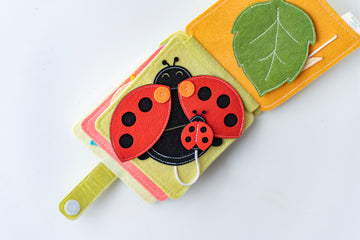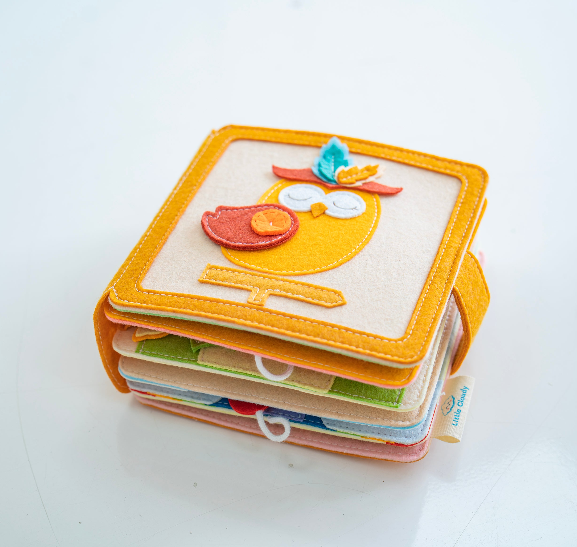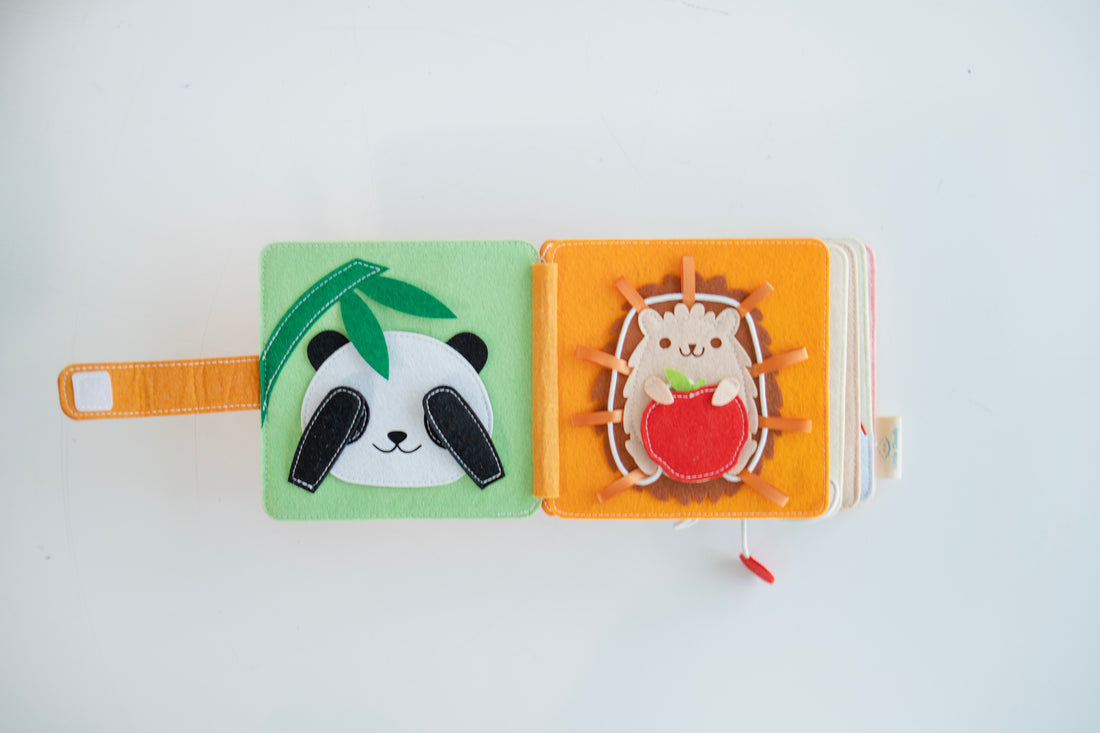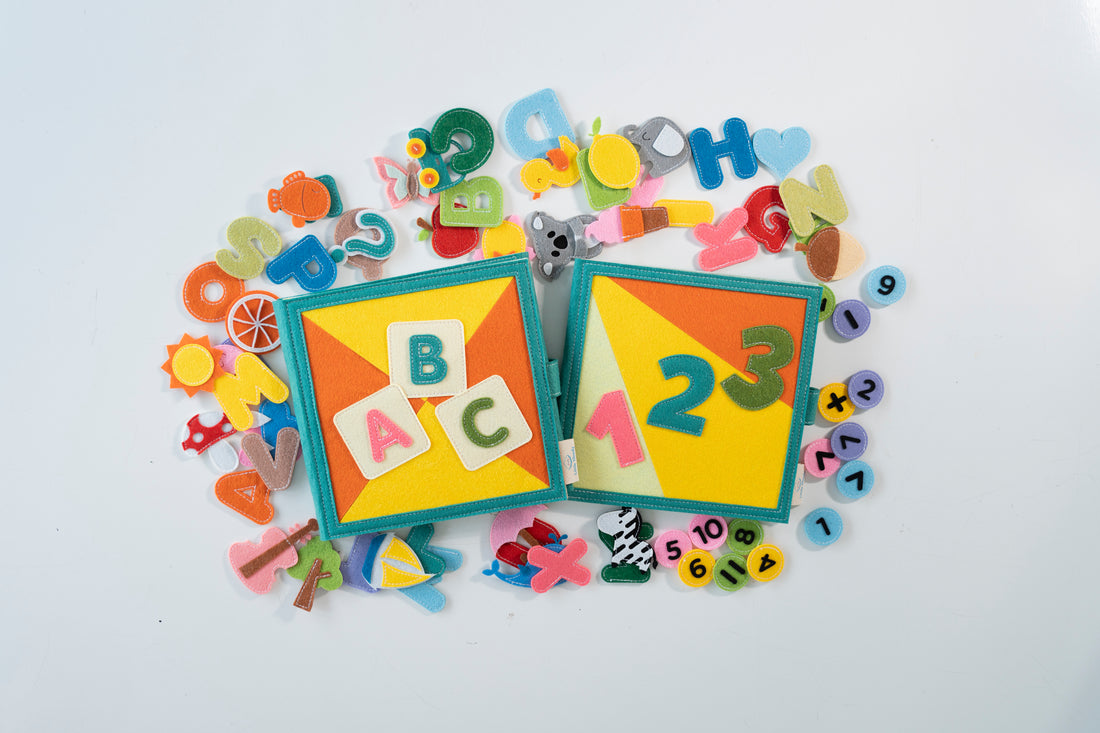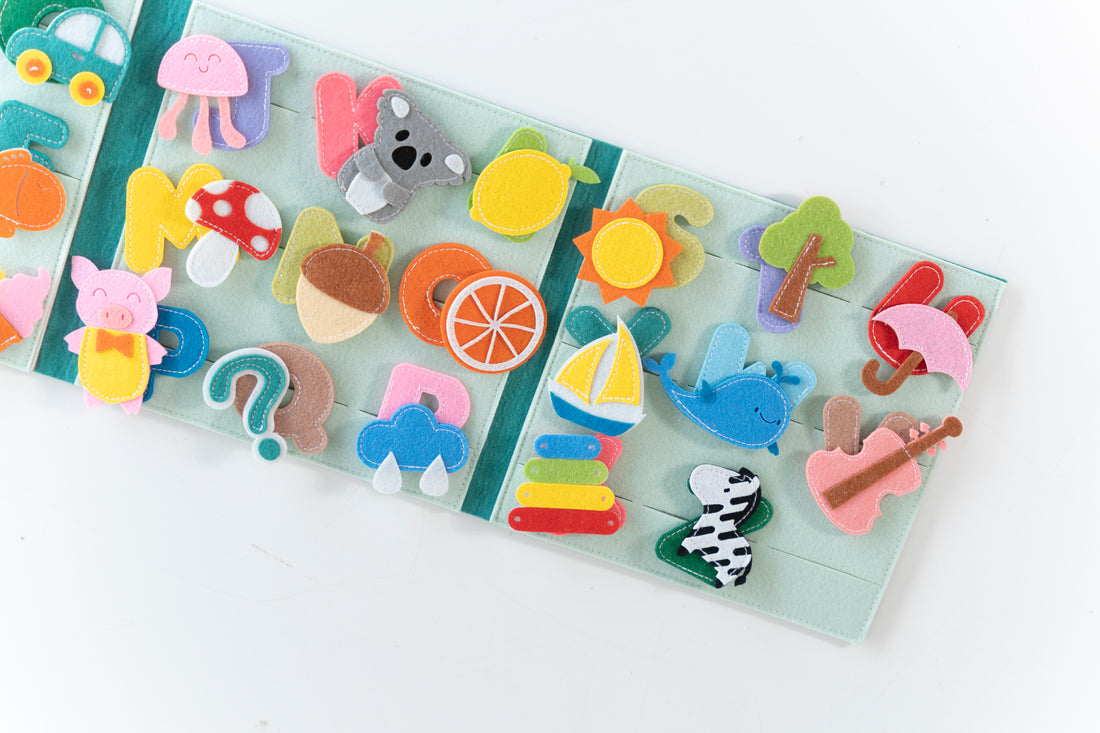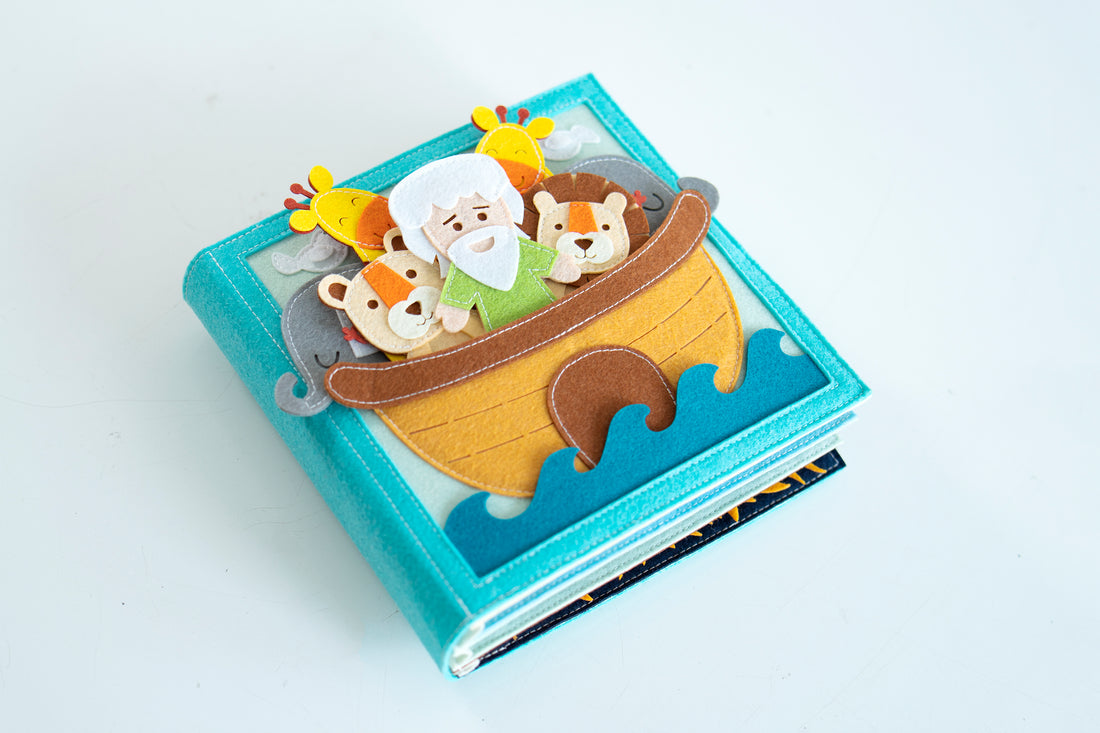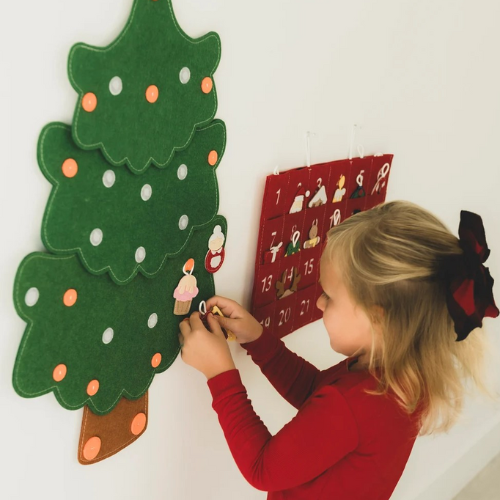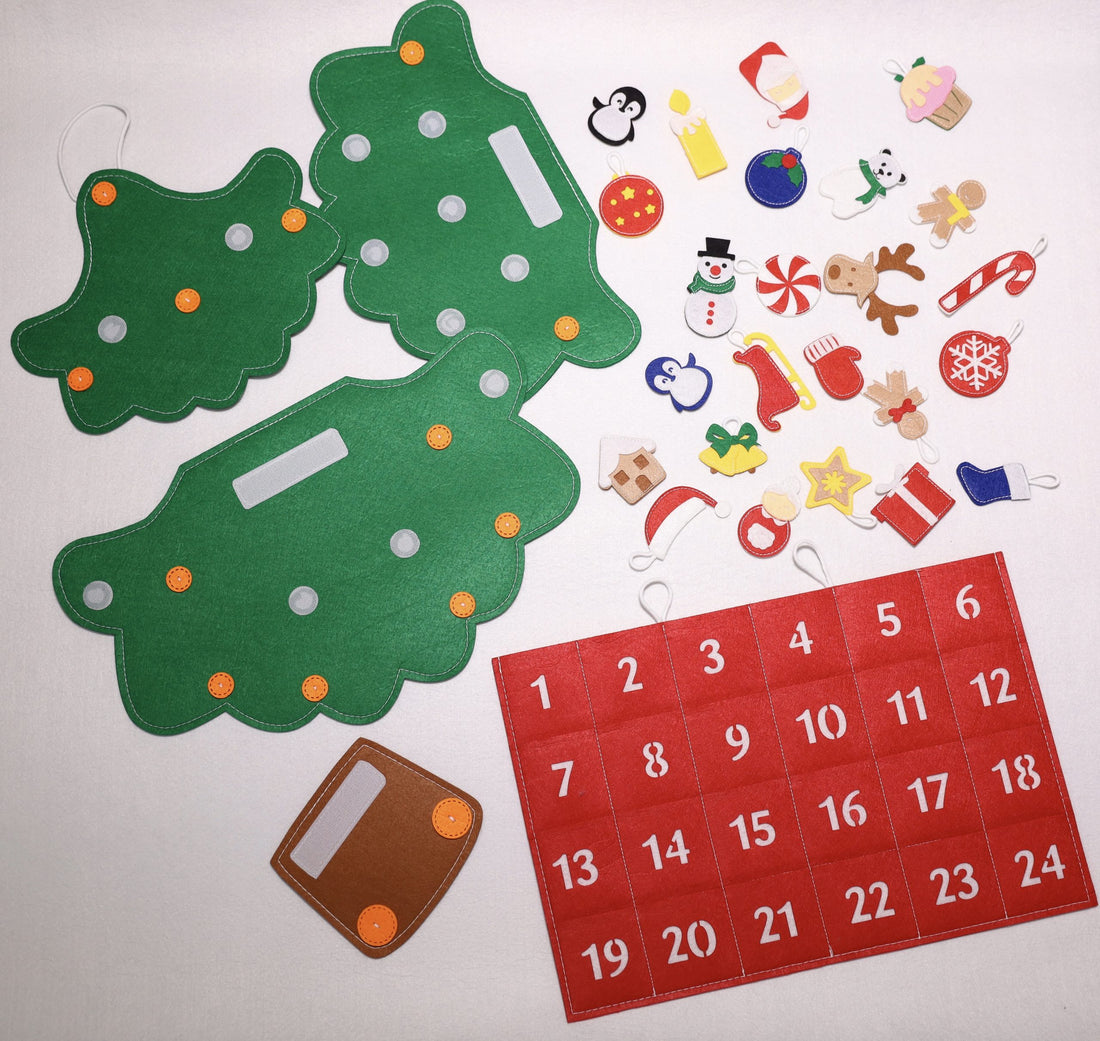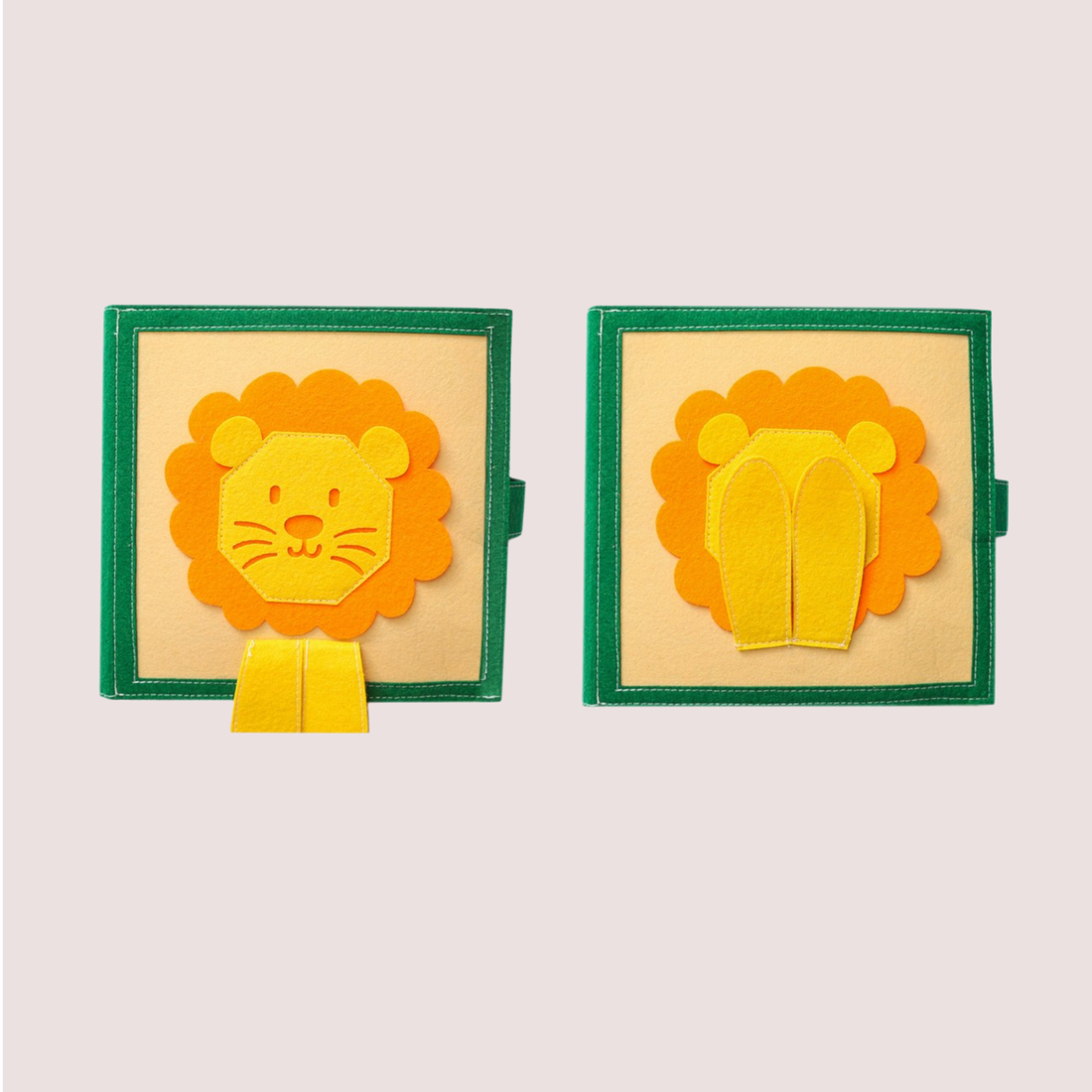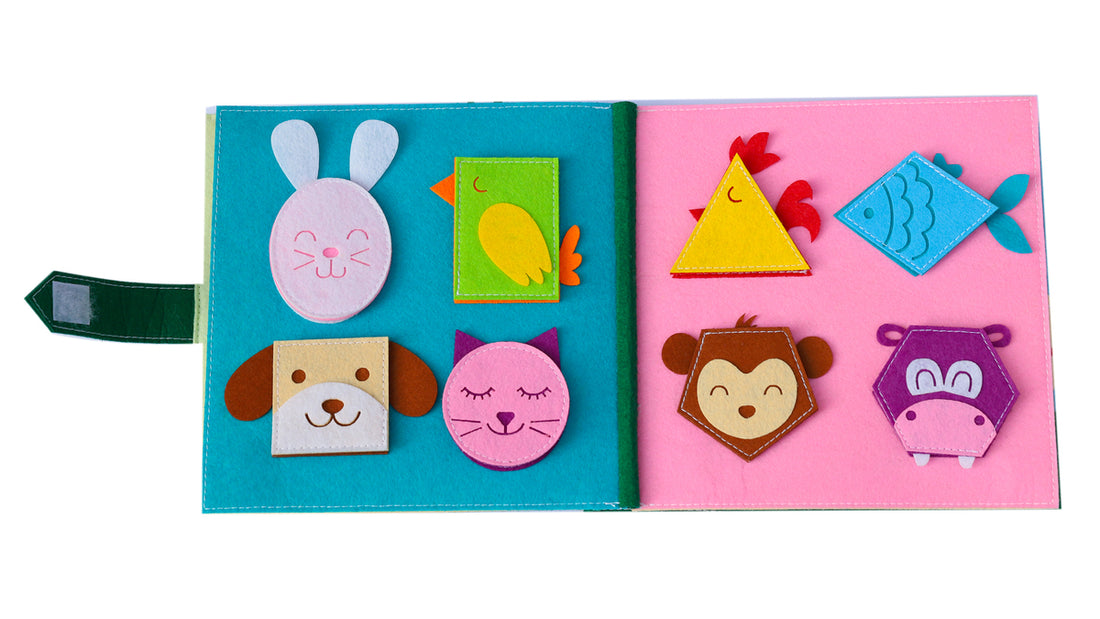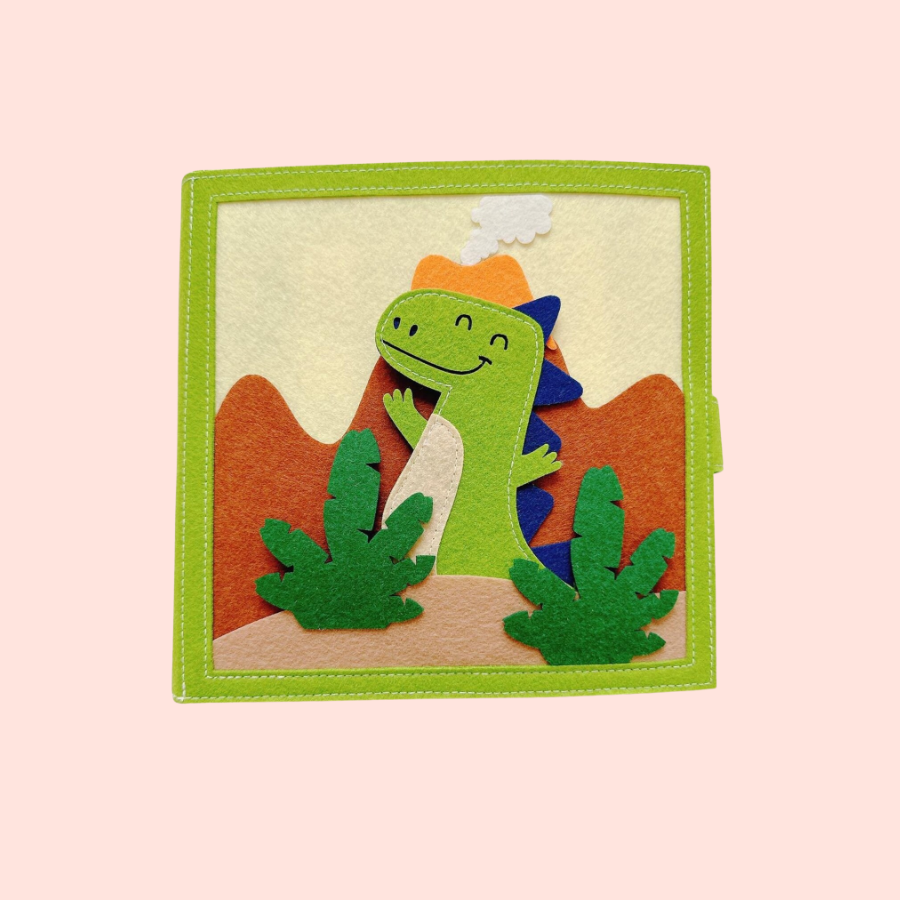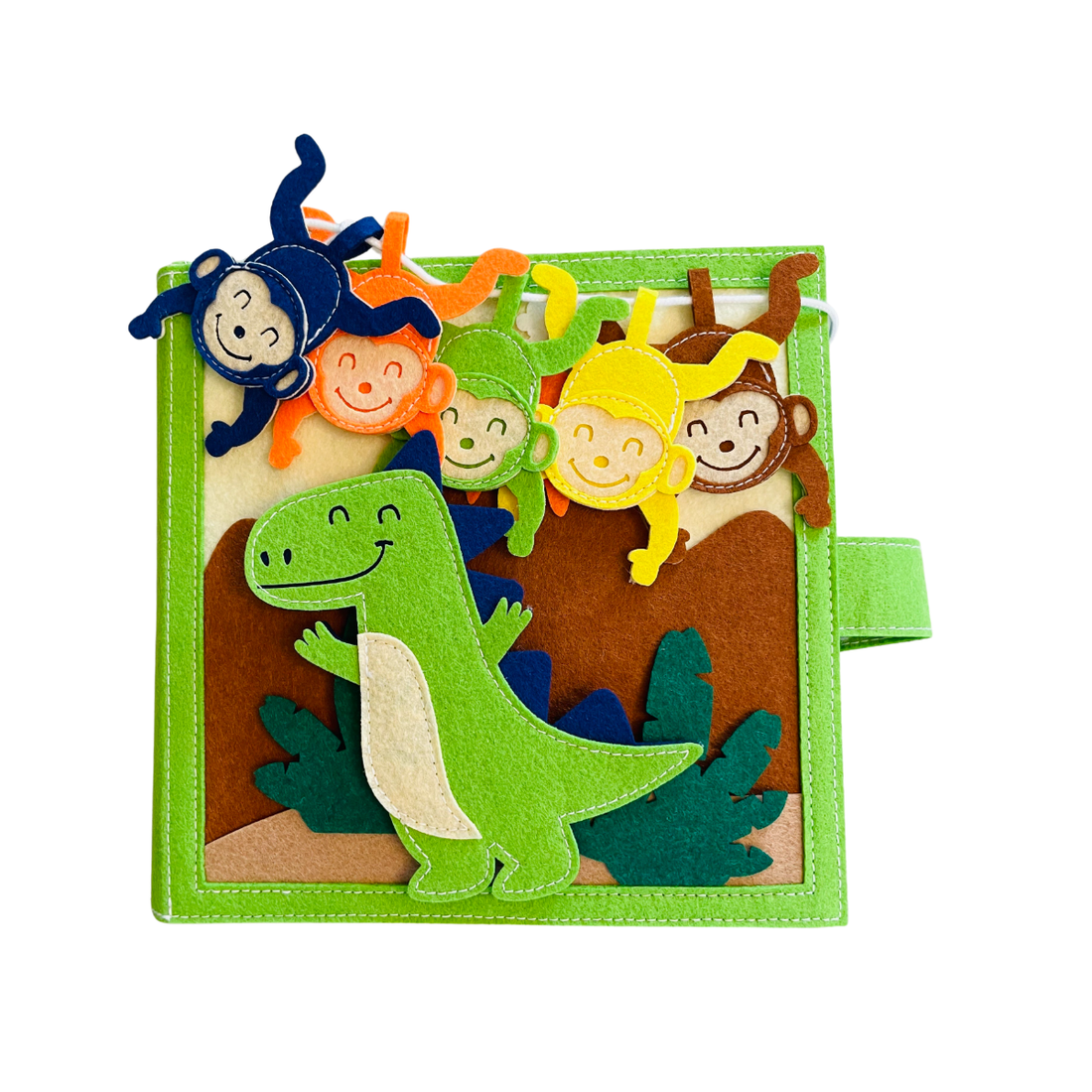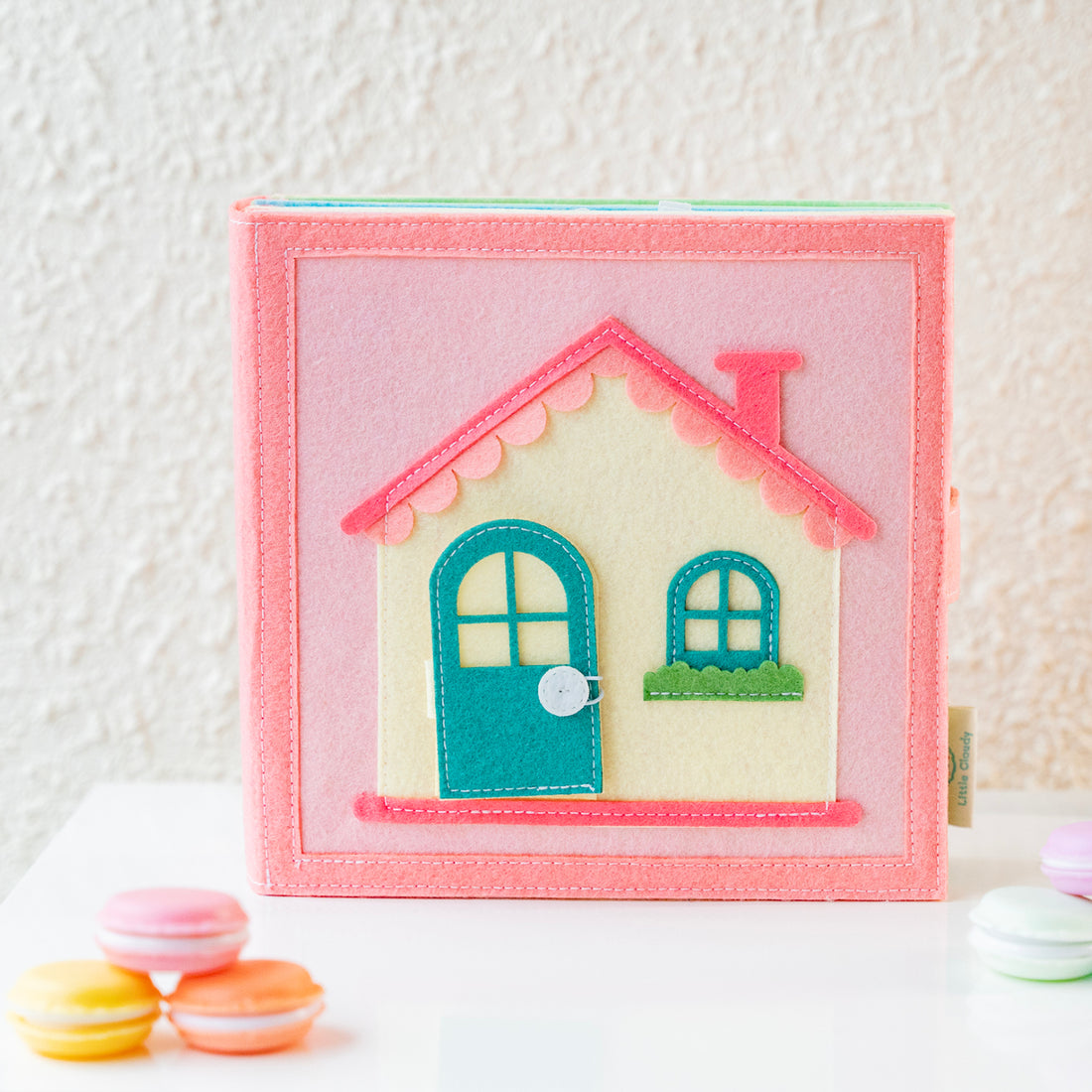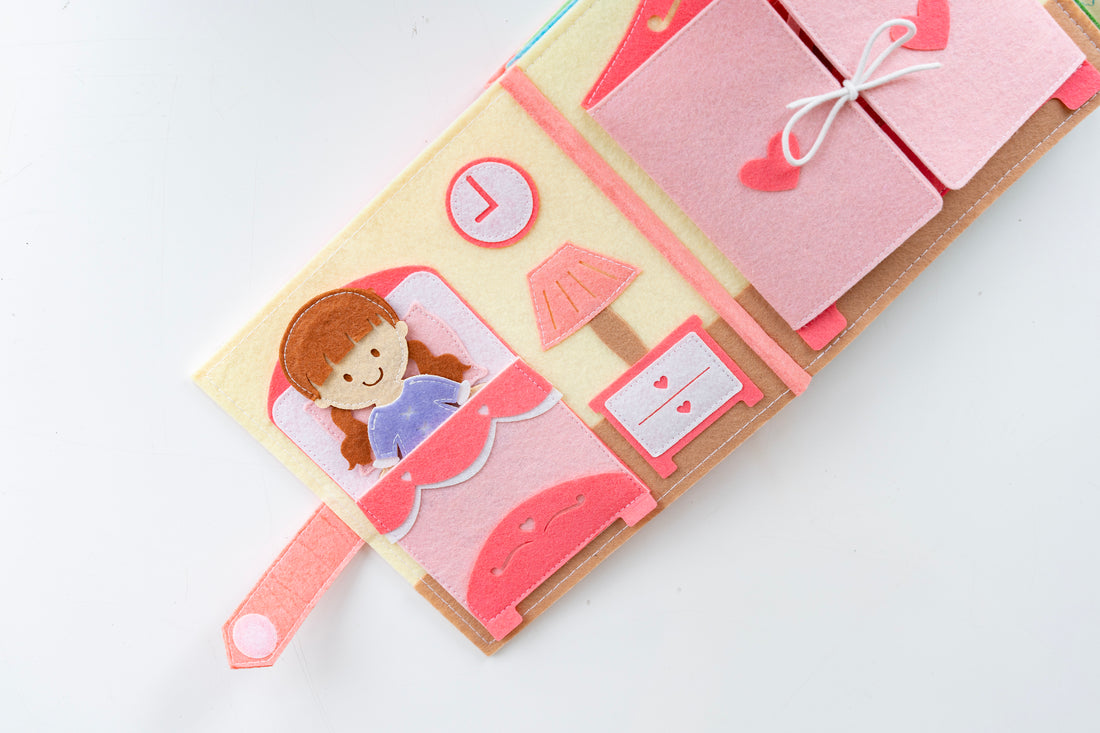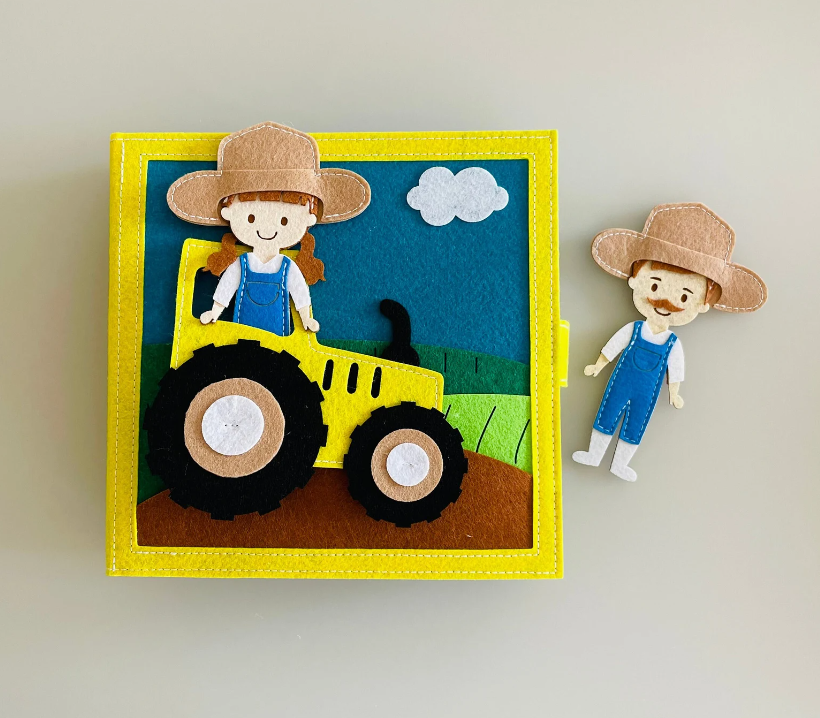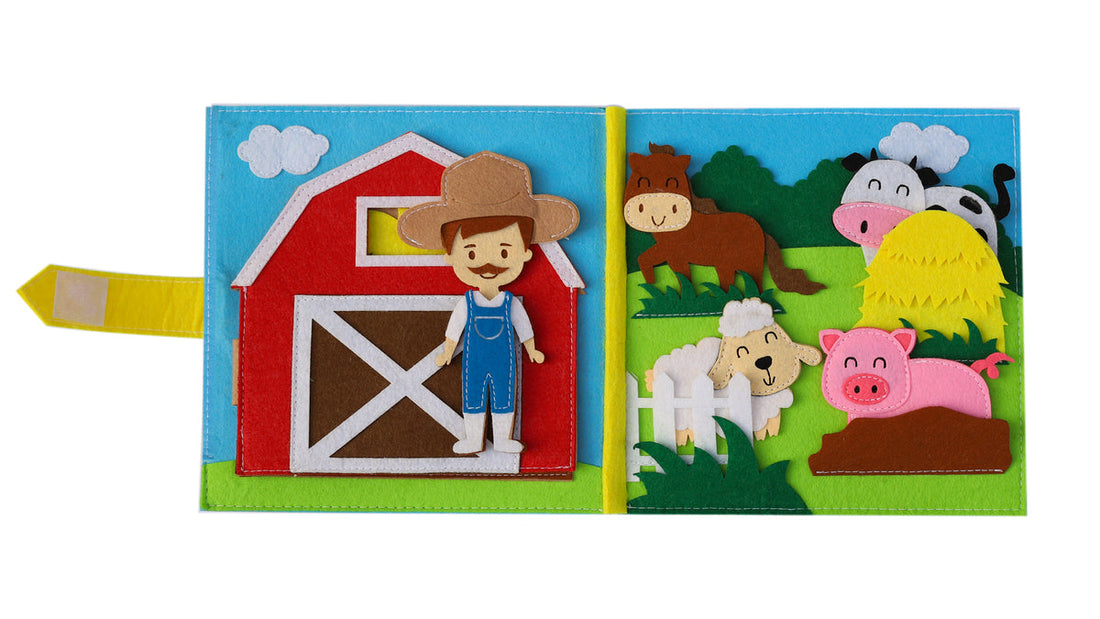But why? I've spent time comparing and contrasting, and I've got some compelling evidence to share. Join me as we explore the world of quiet books and discover why they might just be the perfect choice for your little one.
- Quiet books offer hands-on experiences for fine motor skill development and foster toddler development.
- Traditional toys have limited interaction compared to quiet books and may have safety risks, while quiet books are designed with toy safety measures.
- Quiet books provide numerous educational elements, sensory exploration, and aid in the development of fine motor skills and sensory awareness.
- Quiet books provide a more enriching and stimulating experience compared to traditional toys, promoting cognitive advancements and introducing concepts like numbers, shapes, and colors.
The Concept of Quiet Books: A Brief Overview
I've always found the concept of quiet books fascinating, especially when considering their unique approach to fostering toddler development. The quiet book creation process involves crafting interactive designs that captivate a child's curiosity, making learning a fun and engaging experience.Each page is a mini-adventure, where toddlers can manipulate various elements, enhancing their fine motor skills. Research has shown that hands-on experiences like this lead to better cognitive development in children. They're not just playing; they're learning about shapes, colors, numbers, and even problem-solving.
I can't stress enough the importance of these books in a child's early years. They prove that learning can be silent yet highly interactive, and most importantly, they make education a child's play.
Analyzing the Features of Traditional Toys
Let's take a closer look at the characteristics of common playthings, which have been a staple in children's playtime for years. Traditional toys have been proven to help in developing motor skills and cognitive abilities. However, Toy Safety Measures and Innovative Toy Designs have greatly evolved over time.
| Traditional Toys | Quiet Books |
| Limited interaction | Multiple activities |
| May have safety risks | Designed with Toy Safety Measures |
| Static designs | Innovative Toy Designs |
| Few learning elements | Numerous educational elements |
| May cause noise pollution | Quiet, hence the name |
While traditional toys are not without merits, the change towards innovative, safety-focused designs is evident. Quiet books, with their multiple activities and educational elements, provide a safer, more engaging alternative, truly reflecting the evolution of children's playthings.
The Unraveling Benefits of Quiet Books for Toddler Development
In my opinion, these interactive playthings, known as quiet books, offer a wealth of benefits for the development of little ones, not least of which is their ability to foster a love for learning at an early age. These books are rich sources of cognitive stimulation, packed with activities that challenge a toddler's thinking and problem-solving skills.
I've observed how they can turn a simple playtime into an engaging learning session, combining fun with education.
Equally important is sensory exploration, an area where quiet books excel. They're made with different textures, colors, and shapes, providing a hands-on experience that traditional toys often lack. This tactile engagement aids in the development of fine motor skills and sensory awareness, critical elements of a toddler's growth.
Thus, quiet books are indeed ideal for toddlers.
Comparative Study: Quiet Books and Traditional Toys
Comparing these interactive playthings to conventional playthings, I find that the former provides a more enriching and stimulating experience for young children. The interactive benefits of quiet books are multifaceted. They foster engagement, nurture creativity, and enhance sensory skills.
Traditional toys, while beneficial, often lack this complexity. Quiet books, on the other hand, are designed to promote cognitive advancements. They introduce concepts like numbers, shapes, and colours in an interactive way, making learning a fun activity. Moreover, these books also develop fine motor skills and problem-solving abilities.
Evidence-based research supports my argument; studies show that children learn best through interaction and exploration. So, from a child-focused perspective, I'd say quiet books are a more effective tool for toddlers' development.
Parental Perspectives: Choosing Between Quiet Books and Traditional Toys
From my perspective as a parent, the decision on which plaything to choose can be quite challenging. The toy selection process is something I don't take lightly. I've found that quiet book design is particularly appealing for several reasons.
| Criteria | Quiet Book | Traditional Toys |
| Engagement | High – stimulates multiple senses | Varies – often one-dimensional |
| Portability | High – easy to carry around | Low – some toys are bulky |
| Educational Value | High – promotes cognitive development | Varies – not all toys are educational |
| Noise Level | Low – hence, the "quiet" book | High – can be disruptive |
Quiet books engage children on multiple levels, are portable, and offer superior educational value. They're also less disruptive than traditional toys. Given these factors, I'm leaning towards quiet books for my child.
Are Quiet Books More Expensive Than Traditional Toys?
Yes, quiet books can be pricier than traditional toys. But considering their durability and the option for personalization, I'd say they're worth every penny. They offer long-term educational benefits for toddlers, too.
Where Can I Purchase Quiet Books for My Toddler?
You can purchase various types of quiet books online or in stores. Some sites even offer DIY quiet book guides. They're a great investment for your toddler's development, despite being a bit pricier.
Are There Any Potential Hazards or Risks Associated With Quiet Books?
I've found minimal risks with quiet books. Choking hazards are rare as they contain no small parts. However, always check the material safety to ensure it's non-toxic and suitable for your little one's use.
How Do I Clean and Maintain a Quiet Book?
I gently clean my kid's quiet book using mild soap and water, avoiding harsh chemicals that might damage the materials. Regular maintenance and careful handling ensure the book's longevity.
Can Quiet Books Be Used for Group Play or Are They Only Suitable for Individual Play?
Yes, quiet books can definitely be used for group play. They encourage group interaction and can enhance playtime strategies. They're not just suitable for individual play, but also promote shared learning experiences.
Quiet books offer a distinct edge over traditional toys. They're not just entertaining, they're educational tools, promoting cognitive and motor skills development in toddlers. They're also versatile, durable, and customizable.
While traditional toys have their place, quiet books provide a more comprehensive learning experience. So, as a parent, make an informed choice. The value of quiet books in toddler development is substantial and well worth considering.
